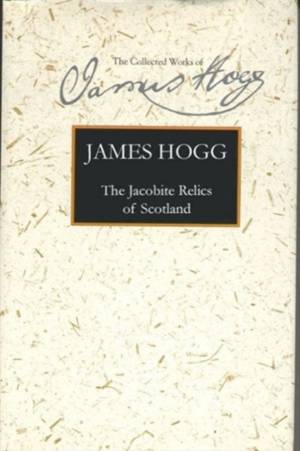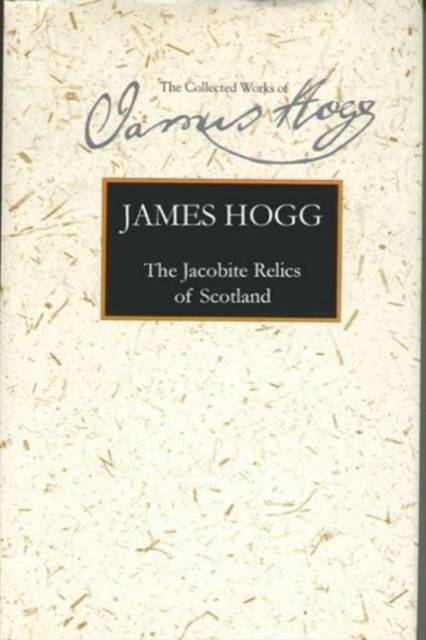
- Afhalen na 1 uur in een winkel met voorraad
- Gratis thuislevering in België vanaf € 30
- Ruim aanbod met 7 miljoen producten
- Afhalen na 1 uur in een winkel met voorraad
- Gratis thuislevering in België vanaf € 30
- Ruim aanbod met 7 miljoen producten
Zoeken
Omschrijving
James Hogg's Jacobite Relics - originally commissioned by the Highland Society of London in 1817 - is an important addition to The Collected Works of James Hogg. It created a canon for the Jacobite song which had an enormous influence on subsequent collections, and was of great importance in defining the relationship between the Scottish song tradition and its Romantic editors and collectors.From the first publication of the Relics in 1819 the majority of scholars have argued about how many of them were authored or at least substantially altered by Hogg. Professor Murray Pittock has conducted extensive research in this area since 1987, and has identified many previously neglected or unknown sources from which Hogg would have worked as he developed his collection. He has identified contemporary 17th- and 18th-century sources for the majority of the songs in the edition. This has implications not only for Hogg's integrity as a writer, but for our understanding of the history of the Scottish song as a whole.The introduction to volume one includes the crucial issue of Hogg's relationship to the Jacobite song tradition, and the place of the Relics within Hogg's career and personal context, facilitating further interpretations of Hogg's range of creative strategies. Considerable annotation accurately communicates the context of the songs and Hogg's relationship to the textuality of Jacobite culture.The introduction to volume two deals with the genesis of the text and Hogg's relationship with the Highland Society. This volume will be available from November 2002.
Specificaties
Betrokkenen
- Auteur(s):
- Uitgeverij:
Inhoud
- Aantal bladzijden:
- 584
- Taal:
- Engels
- Reeks:
Eigenschappen
- Productcode (EAN):
- 9780748615926
- Verschijningsdatum:
- 22/07/2002
- Uitvoering:
- Hardcover
- Formaat:
- Genaaid
- Afmetingen:
- 163 mm x 245 mm
- Gewicht:
- 1056 g

Alleen bij Standaard Boekhandel
+ 628 punten op je klantenkaart van Standaard Boekhandel
Beoordelingen
We publiceren alleen reviews die voldoen aan de voorwaarden voor reviews. Bekijk onze voorwaarden voor reviews.











